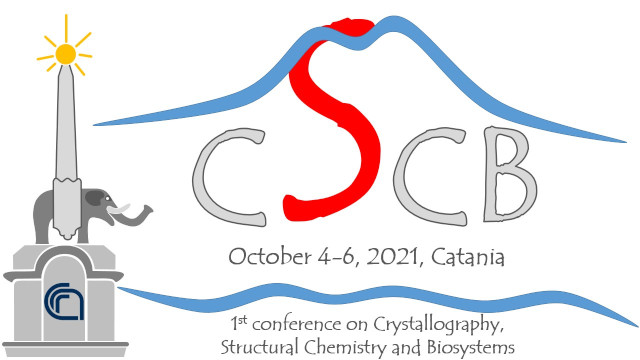Speaker
Description
DNA damage caused by free-radicals includes a large variety of base and sugar lesions leading to DNA breaks
and DNA-protein cross-links. Among free radicals, the diffusible hydroxyl radicals (HO · ) are key oxidant species
responsible for reacting with DNA either by hydrogen abstraction from 2-deoxyribose units or by addition to the base
moieties. The purine 5’,8-cyclo-2’-deoxynucleosides (cPu) are an important class of lesions exclusively generated by
the HO · attack to DNA purine nucleotides, forming C5’ radicals followed by an internal cyclization giving 5’,8-cyclo-2’-
deoxyadenosine (cdA) and 5’,8-cyclo-2’-deoxyguanosine (cdG) identified as products, in two possible diastereomeric
forms, 5’R and 5’S (Fig. 1). 1,2
These lesions are exclusively repaired by the Nucleotide Excision Repair pathway (NER) with low efficiency in comparison with other bulky DNA lesions.3
Nowadays cPu are used as radical stress biomarkers of DNA damage thanks to their specific formation mechanism and their chemical stability during work-up.
The diastereomeric 5’S- and 5’R-cPu are discussed in terms of:
(i) Synthetic and analytical protocols for the availability and characterization of the diastereoisomeric 5′S- and 5′R-cPu lesions, also as isotopic labelled references;
(ii) Physical-chemical studies on specific oligonucleotide models as: MD simulations, NMR, Melting Temperature;
(iii) Biological and Clinical studies for the investigation of the relationships between the levels of lesions and human health, disease, and aging is a matter of investigation.4
References
1 C. Chatgilialoglu, C. Ferreri, N. E. Geacintov, M. G. Krokidis, Y. Liu, A. Masi, V. Shafirovich, M. A. Terzidis, P. S.
Tsegay, 5’,8-cyclopurine lesions in dna damage: Chemical, analytical, biological, and diagnostic significance, Cells
8 (6) (2019) 513.
2 C. Chatgilialoglu, L. A. Eriksson, M. G. Krokidis, A. Masi, S. Wang, R. Zhang, Oxygen dependent purine lesions
in double-stranded oligodeoxynucleotides: Kinetic and computational studies highlight the mechanism for 5’, 8-cyclopurine formation, Journal of the American Chemical Society 142 (12) (2020) 5825–5833.
3. Kropachev K.; Ding S.; Terzidis M.A.; Masi A.; Liu Z.; Cai Y.; Kolbanovskiy M.; Chatgilialoglu C.; Broyde S.; Nicholas E. Geacintov N.E.; Shafirovich V. Nucleic Acids Res., 2014, 42, 5020
4. Masi, A.; Fortini, P.; Krokidis, M.G.; Romeo, E.F.; Bascietto, C.; De Angelis, P.; Guglielmi, V.; Chatgilialoglu, C. Redox Biol. 2020, 34, 101562.

